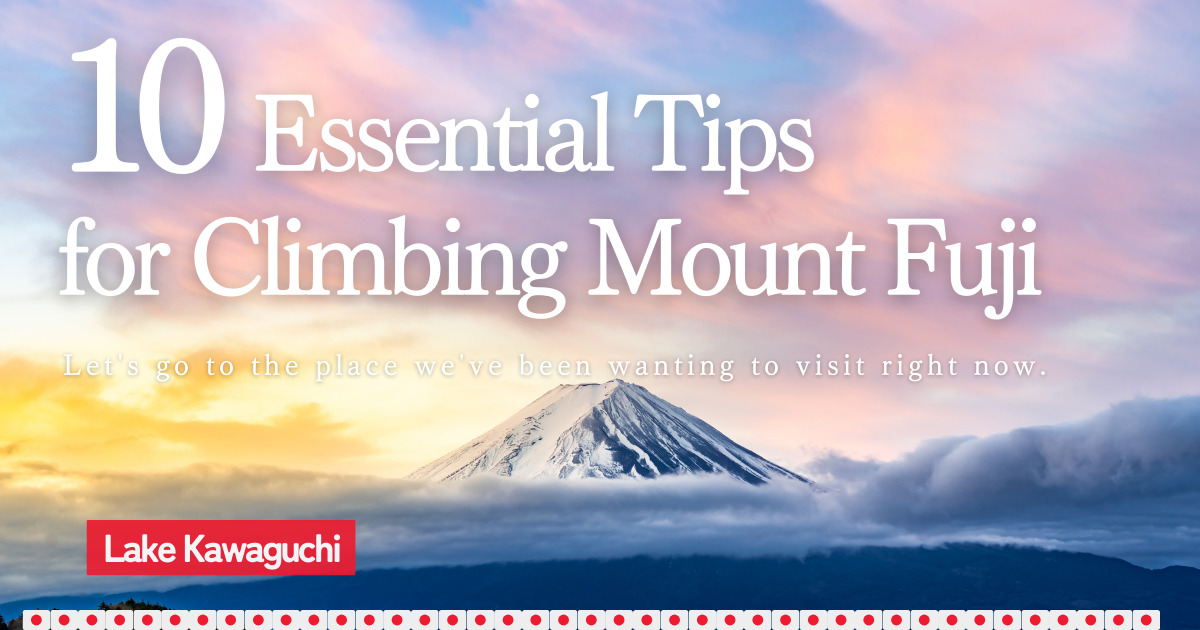Introduction to Mount Fuji: Japan’s Iconic Peak
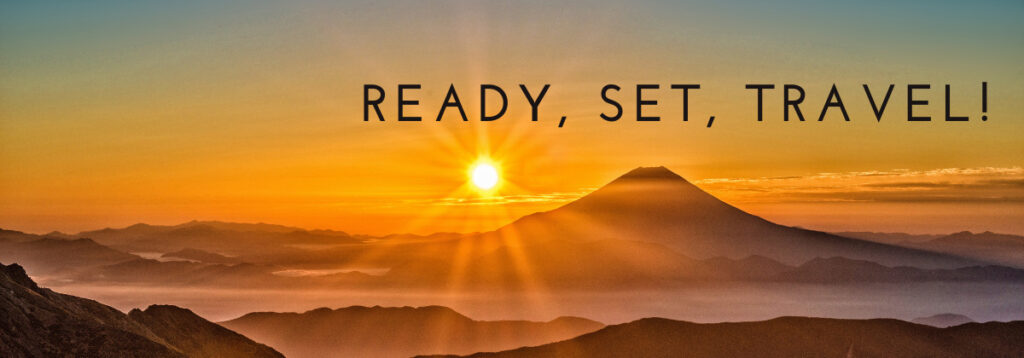
Mount Fuji, standing at a majestic 3,776 meters (12,390 ft), is not just the highest peak in Japan but a symbol of awe-inspiring beauty and cultural significance. Known as Fuji-san in Japanese, this active volcano captivates with its symmetrical slopes, making it a solitary marvel distinct from any other mountain range. Revered since ancient times, both by the indigenous Ainu and in the Buddhist and Shinto traditions, Mount Fuji holds a special place in the heart of Japan. Many consider it a kami, a divine spirit, and it’s a central figure in numerous religious activities, including pilgrimages to witness the breathtaking goraiko, the auspicious sunrise, and to undertake the ohachi meguri, a sacred walk around the crater rim.
Best Time to Climb: Understanding the Climbing Season
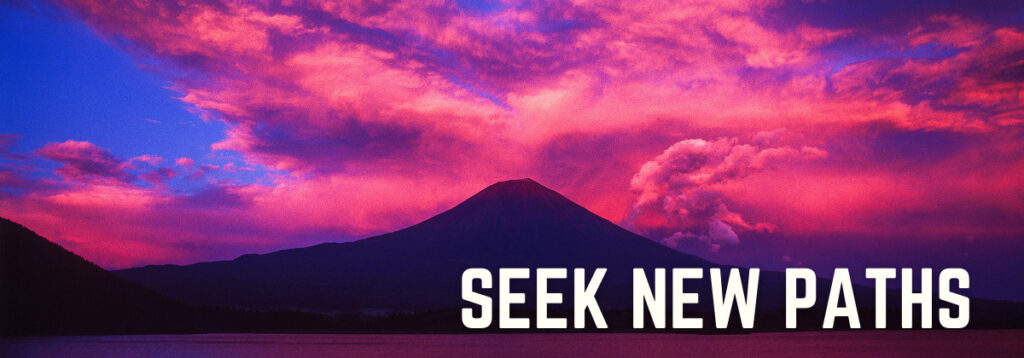
For those planning to conquer this iconic summit, it’s crucial to know the best time to do so. The official climbing season for Mount Fuji is from early July to mid-September. This is when the peak is free of snow, and the weather conditions are most favorable for climbers. During this period, mountain huts are open and can be booked in advance. Climbing outside this season is highly discouraged due to the risks of severe weather and snow, including avalanches. The busiest times are around mid-August during the Obon holiday and Saturdays. To avoid crowds, consider a weekday climb in early July before the summer vacation rush.
Choosing Your Trail: Yoshida vs. Gotemba

Selecting the right trail is key to an enjoyable Fuji climb. The Yoshida trail, starting from the Subaru Line 5th Station, is the most popular and beginner-friendly, offering amenities like parking, restaurants, and shops. It’s easily accessible from Tokyo, making it an excellent choice for those who wish to experience the sunrise from the mountain. In contrast, the Gotemba trail, while less crowded and more tranquil, offers a more challenging route with fewer amenities, including limited mountain huts and no first aid station. Depending on your experience and comfort level, choosing between these trails can significantly impact your climbing experience.
Booking Mountain Huts: Essential for a Comfortable Climb
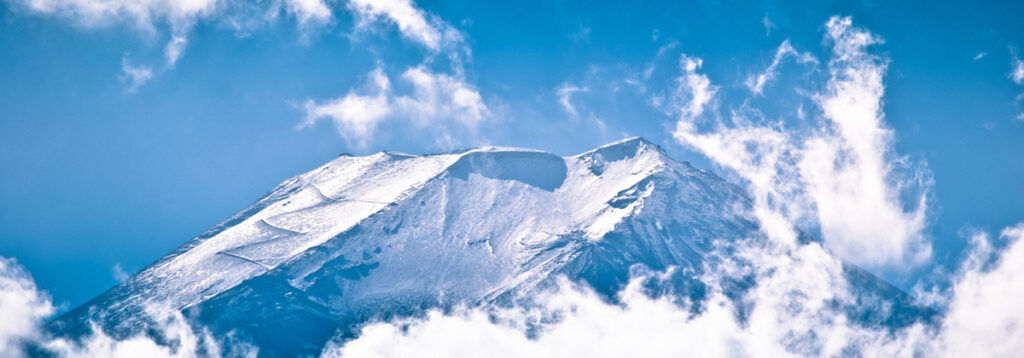
Securing a spot in a mountain hut is a vital aspect of planning your Mount Fuji climb. These huts provide not just a place to rest, but a safe haven from the elements and a chance to rejuvenate. The huts near the summit fill up fast, so advance booking is crucial. They offer basic but vital amenities, often with options for meals – remember to inform them of any dietary requirements. It’s a communal experience, often with shared sleeping spaces, adding to the camaraderie of the climb. For those seeking a bit more privacy, some huts lower down the mountain offer separate accommodations. Do remember, bookings cannot be made on the day of your climb, so plan ahead.
Packing Essentials: What to Bring for a Successful Climb
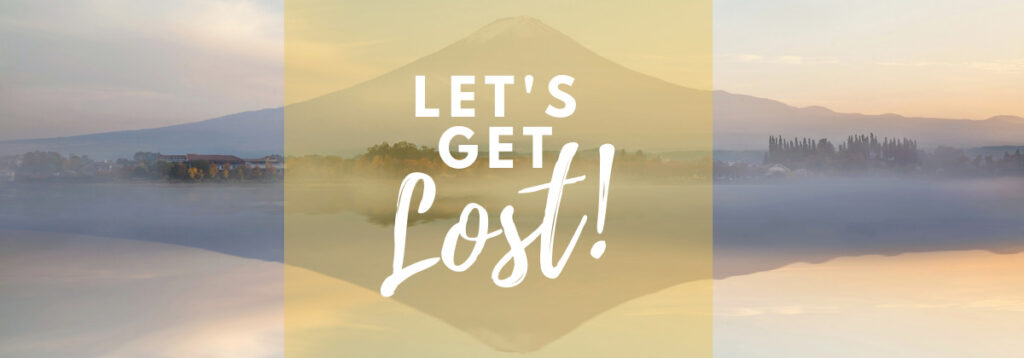
A successful climb hinges on being well-equipped. Here’s a checklist of essentials:
Waterproofs: Prepare for sudden thunderstorms. Include a waterproof jacket, pants, and a rucksack cover. Don’t forget dry socks.
Hiking Clothes and Boots: Opt for comfortable, breathable, and flexible attire. Layering is key for adjusting to temperature changes.
Warm Clothes: Temperatures can plummet near the summit. Pack a hat, gloves, and consider hand warmers for extra comfort.
Snacks and Water: Stay energized and hydrated. Carry your favorite snacks, especially if you have specific dietary needs.
Spare Change: You’ll need coins for restroom facilities, which become more expensive higher up the mountain.
Headlight: Essential for early morning climbs to catch the sunrise. It keeps your hands free, aiding in a safer climb.
Small Towel and Plastic Bags: A towel for drying off, and bags for packing out your trash, as there are no bins on the mountain.
Managing the Climb: Tips for a Safe Ascent
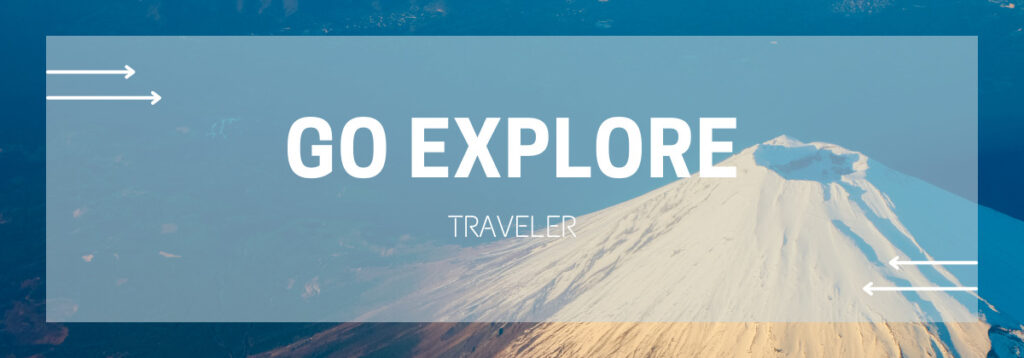
The climb to Mount Fuji’s summit is challenging yet rewarding. Here are some tips to ensure a safe ascent:
Pace Yourself
It typically takes 4 to 8 hours to reach the summit. Take it slow to reduce the risk of altitude sickness.
Altitude Sickness
Familiarize yourself with the symptoms like headaches and nausea. Rest, hydrate, and acclimatize at each station. If symptoms persist, descend to a lower altitude.
Rest at Mountain Huts
Staying at a mountain hut allows for rest and acclimatization, significantly increasing your chance of reaching the summit successfully.
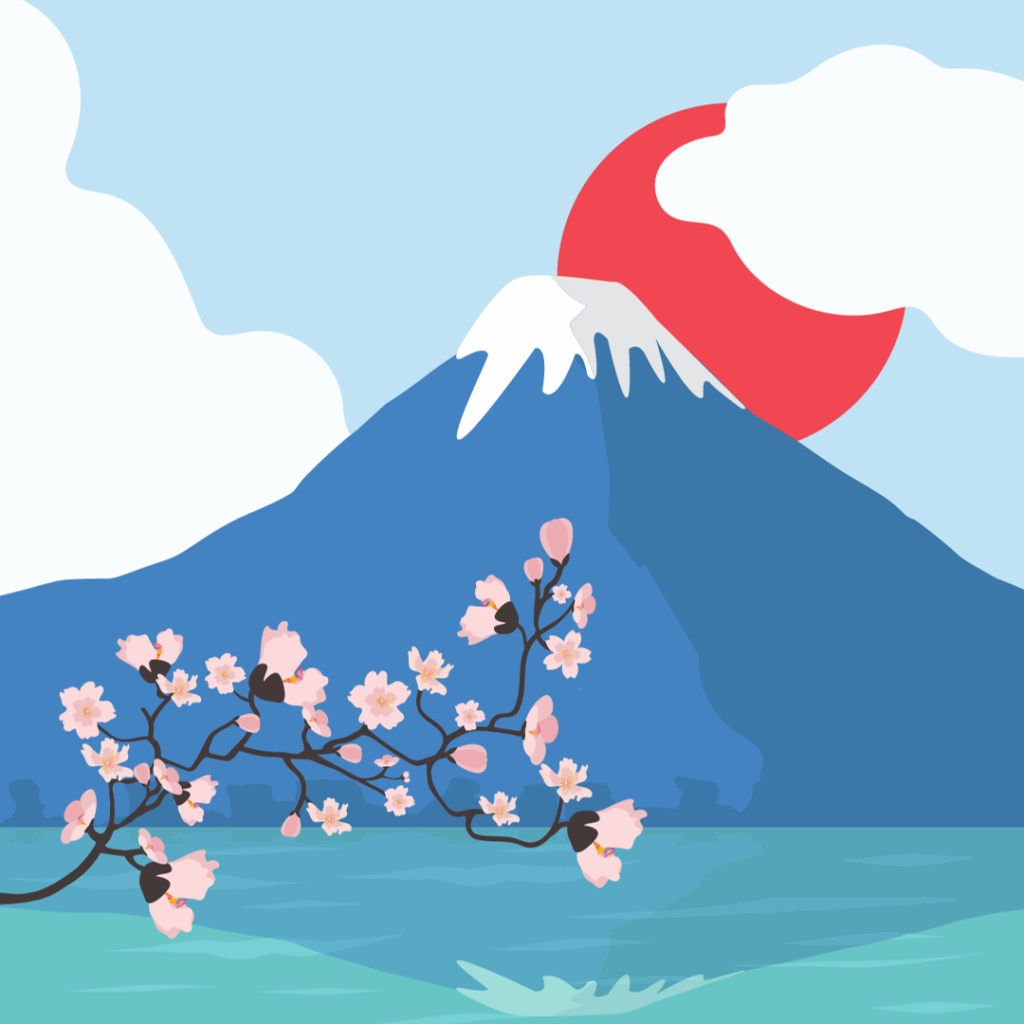
Ready for an adventure of a lifetime?
Embark on an unforgettable journey to Japan’s Mount Fuji, a revered World Heritage Site.
Together, we’ll navigate the best climbing season, choose our path between the scenic Yoshida and serene Gotemba trails, and understand the importance of booking a mountain hut for our comfort and safety.
Conquer Mount Fuji, creating memories that will last forever!

